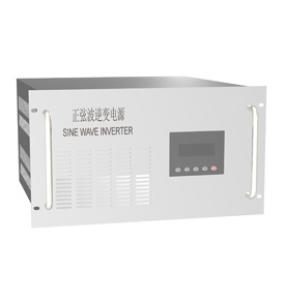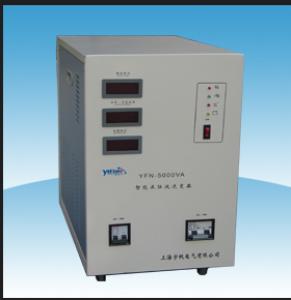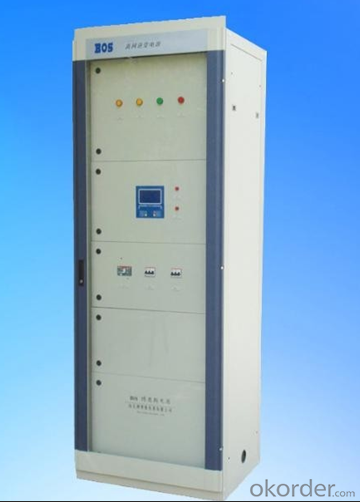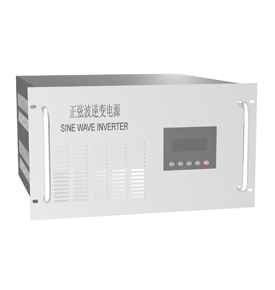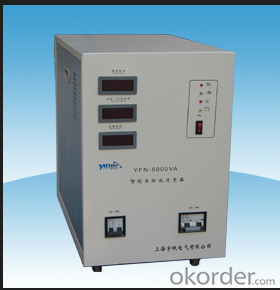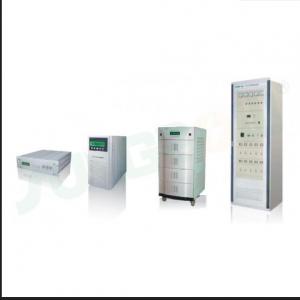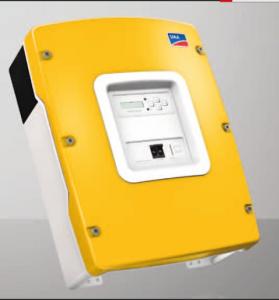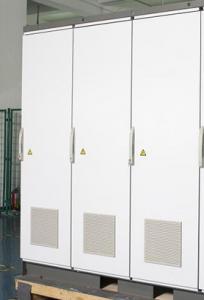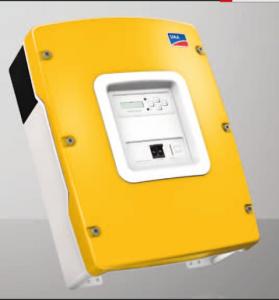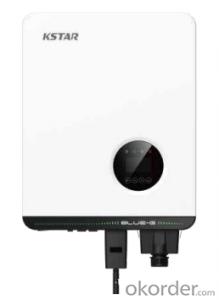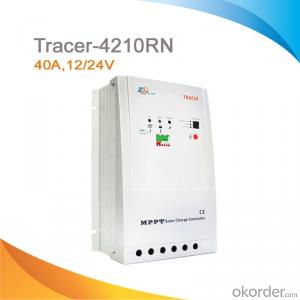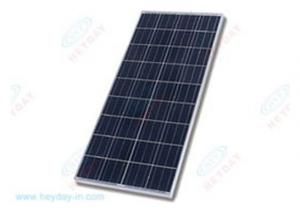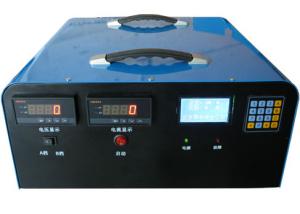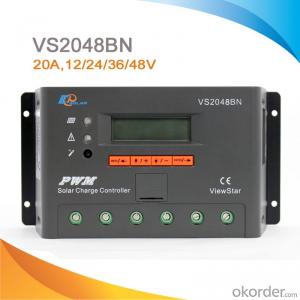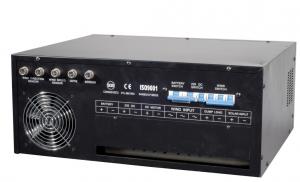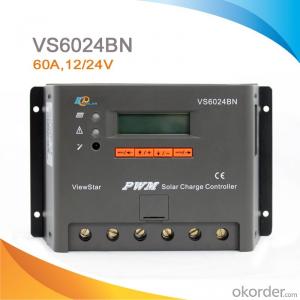Solar Irrigation Controllers PV Off-Grid Inverter from China GN-3KDSL-22R
OKorder Service Pledge
OKorder Financial Service
You Might Also Like
Description:
CNBMSOLAR is a world-leading and Vertical integrated manufacturer of high-performance with Silicon,
Wafer, Cells, Modules, which convert sunlight into electricity for residential, commercial, and utility-scale
power generation.
The capacity of CNBMSOLAR is reach to 1GW, and make sure each year our shipment capacity is more
Than 700-800MWs, at the same time, we have set up the largest solar power station with our partner
in Ukraine.
CNBM is a Quality + Service oriented company with“Excellence at Each Step” approach, composed of
the finest components from TUV and IEC-certified partners around the world, CNBM modules consistently
undergo a variety of trials at the company’s Test & Development Centre, ensuring peak performance
capabilities. The company is committed to develop and provide the world with clean and renewable energy
to ease the energy shortages as well as human kind’s impact on the environment.
Data:
Model | GN-3KDSL-22R | ||
DC input | Rated Voltage(VDC) | 48Vdc | |
Low Voltage(VDC) | 43.2Vdc | ||
Low Voltage Resume (VDC) | 50.4Vdc | ||
Load Overvoltage(VDC) | 70Vdc | ||
Grid input | input rated voltage | 220Vac | |
Input Voltage range | 220Vac±15% | ||
Input frequency | 50Hz | ||
switching mode | Static switch optional,inverting priority | ||
switching time | <10ms | ||
AC output | rated capacity | 3kVA | |
rated power | 2.4kW | ||
rated output voltage | 220Vac | ||
Output voltage stable precision | 220±3%Vac | ||
Output frequency | 50Hz | ||
Output frequency precision | 50±0.2Hz | ||
overload ability | 120%,1 min | ||
output waveform | Pure sine wave | ||
THD | ≤5% | ||
Dynamic Response(0~100%) | 5% | ||
Power factor (PF) | 0.8 | ||
Crest Coefficient(CF) | 3:1 | ||
Inverter Efficiency | ≥80% | ||
Continuous running time | continuous running | ||
Insulation strength(inout and output) | 1500Vac,1min | ||
protection functions | DC voltage, dc current, voltage, utility line frequency, output voltage, output current, output frequency, output power | ||
display | LCD | ||
temperature | -20~+50℃ | ||
humidity | 0~90%(No condensation) | ||
Noise | ≤60(dB,1m) | ||
operating alititude | ≤3000m | ||
Reference Dimensions(d\w\h mm) | 500*483*267mm | ||
Reference weight(Kg) | 68kg | ||
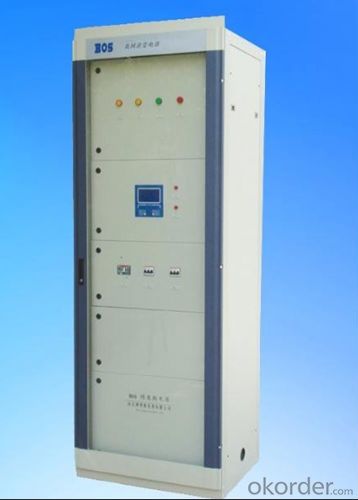
FAQ:Pls introduce more about CNBM .
CNBM Group is short for China National Building Materials Group Corporation, which is established in 1984 with approval from the State Council
CNBM Group is the largest comprehensive building materials industry group in China
The Group has a total asset of over RMB 360 billion, more than 180,000 employees and 17 subsidiaries
- Q: How does a solar controller handle variations in solar panel soiling?
- A solar controller does not directly handle variations in solar panel soiling. Its primary function is to regulate the charge and discharge of the battery connected to the solar panel system. However, it indirectly helps mitigate the effects of soiling by optimizing the performance of the solar panels. By monitoring the voltage and current produced by the panels, the controller ensures that the maximum power point tracking (MPPT) algorithm is employed, which adjusts the panel's operating conditions to extract the most power possible. This helps compensate for any losses caused by soiling and maintain the overall efficiency of the solar panel system.
- Q: How does a solar controller protect the batteries from over-discharging?
- The batteries in a solar power system are safeguarded against over-discharging by a solar controller. This controller continuously monitors the state of charge (SOC) of the batteries and regulates the flow of energy between the solar panels and the batteries. As soon as the SOC reaches a specific low threshold, the controller will automatically disconnect the batteries from the charging source, thus preventing any further discharge. By cutting off the power supply at the appropriate moment, the controller ensures that the batteries are not depleted beyond their safe limits. This is crucial as surpassing these limits can result in irreversible damage to the batteries and reduce their lifespan. Therefore, this feature plays a vital role in maintaining the health and longevity of the batteries within a solar power system.
- Q: Can a solar controller be used with solar-powered indoor greenhouses?
- Yes, a solar controller can be used with solar-powered indoor greenhouses. A solar controller is a device that regulates the flow of electricity from the solar panels to the batteries or the electrical grid. It helps in optimizing the performance of the solar panels by preventing overcharging or undercharging of the batteries. In the case of solar-powered indoor greenhouses, a solar controller can be used to ensure that the solar panels are efficiently charging the batteries or powering the greenhouse's electrical systems. It can also be used to monitor and control the amount of electricity being generated and consumed by the greenhouse, allowing for better energy management. Overall, using a solar controller with solar-powered indoor greenhouses can help in maximizing the use of solar energy and minimizing the dependence on grid electricity.
- Q: Can a solar controller be used with solar-powered indoor recreational facilities?
- Solar-powered indoor recreational facilities can make use of a solar controller. This component is essential in a solar power system as it regulates the flow of electricity from the solar panels to the batteries. Its main function is to ensure efficient charging of the batteries and prevent any potential damage caused by overcharging. When it comes to solar-powered indoor recreational facilities like indoor swimming pools, gyms, or entertainment centers, the solar controller plays a crucial role in managing the energy generated by the solar panels. It helps optimize energy usage, store excess energy in batteries, and guarantee a continuous power supply even in low or no sunlight conditions. By incorporating a solar controller, these indoor recreational facilities can significantly reduce their reliance on traditional grid electricity, resulting in lower energy costs and a promotion of sustainability. Additionally, it enables them to operate independently from the grid, enhancing their ability to withstand power outages or other disruptions. All in all, including a solar controller in a solar-powered indoor recreational facility is a wise and environmentally friendly choice that can lead to long-term savings and various environmental benefits.
- Q: Can a solar controller be used with a generator?
- Yes, a solar controller can be used with a generator. The solar controller regulates the charging and discharging of batteries in a solar power system, and it can also be used to control the charging process when a generator is being used as a backup power source. By connecting the generator to the solar controller, it can intelligently manage the power flow and ensure that the batteries are charged efficiently and safely, regardless of whether the power is coming from solar panels or a generator.
- Q: Can a solar controller handle power surges from the inverter?
- No, a solar controller is not designed to handle power surges from the inverter. Its main function is to regulate the charging and discharging of the battery bank in a solar power system. Power surge protection is typically handled by surge protectors or surge suppressors installed in the electrical system.
- Q: Does a solar controller have a built-in display for monitoring?
- A built-in display is commonly found in a solar controller, which enables users to conveniently monitor and track essential information. This display offers easy access to details like battery voltage, solar panel output, charging status, and other pertinent data. Typically user-friendly, the display provides real-time information, ensuring efficient monitoring and control of the solar system.
- Q: Can a solar controller be used with solar panel roof mounts?
- Yes, a solar controller can be used with solar panel roof mounts. The solar controller is responsible for regulating the charge from the solar panels to the batteries, ensuring optimal performance and preventing overcharging. The roof mounts, on the other hand, are used to securely fasten the solar panels to the roof. These two components work together to efficiently harness solar energy and provide power to the desired system.
- Q: How does a solar controller handle voltage fluctuations from the solar panels?
- A solar controller or charge controller is a device used in solar power systems to regulate and control the flow of electricity between the solar panels and the battery bank. One of the key functions of a solar controller is to handle voltage fluctuations from the solar panels. When sunlight strikes the solar panels, it generates direct current (DC) electricity. However, the voltage output of solar panels can vary depending on factors such as the intensity of sunlight, temperature, and shading. These voltage fluctuations can be harmful to the battery bank as they can overcharge or undercharge the batteries, leading to reduced battery lifespan and performance. To handle voltage fluctuations, a solar controller employs a technique called Maximum Power Point Tracking (MPPT). MPPT is a technology that ensures the solar panels operate at their maximum power output, regardless of the fluctuations in voltage. The solar controller continuously monitors the voltage and current from the solar panels and tracks the optimal operating point, where the panels produce the most power. By constantly adjusting the electrical load on the panels, the MPPT algorithm ensures that the panels operate at their maximum power output, even when the voltage fluctuates. The solar controller achieves this by dynamically adjusting the resistance across the panels, thereby optimizing the voltage and current levels. This allows the solar panels to consistently deliver a stable and optimal voltage to the battery bank, regardless of any fluctuations in the environment. In addition to MPPT, solar controllers also incorporate various protective features to handle voltage fluctuations. These features include overcharge protection, which prevents the batteries from being overcharged when the solar panels produce excessive voltage, and over-discharge protection, which prevents the batteries from being excessively discharged when the solar panels produce insufficient voltage. Overall, a solar controller plays a crucial role in handling voltage fluctuations from the solar panels. By utilizing MPPT technology and incorporating protective features, it ensures that the solar power system operates efficiently, maximizing the power output from the panels while safeguarding the battery bank from damage caused by voltage fluctuations.
- Q: Can a solar controller be used with solar panel pergolas?
- Yes, a solar controller can be used with solar panel pergolas. A solar controller helps regulate and optimize the charging process of the solar panels, ensuring the batteries connected to the pergola's solar system are charged efficiently.
Send your message to us
Solar Irrigation Controllers PV Off-Grid Inverter from China GN-3KDSL-22R
OKorder Service Pledge
OKorder Financial Service
Similar products
Hot products
Hot Searches
Related keywords

